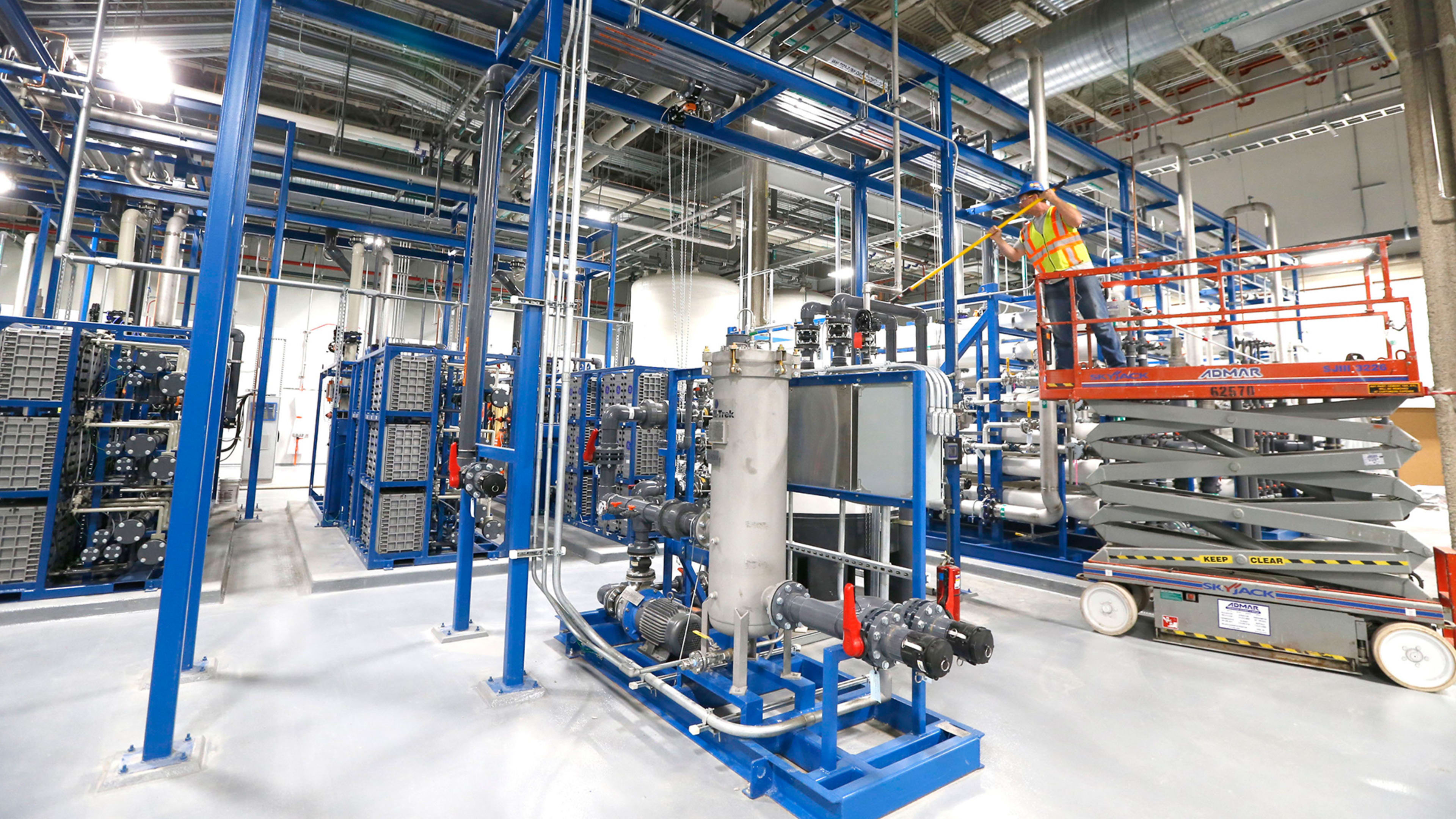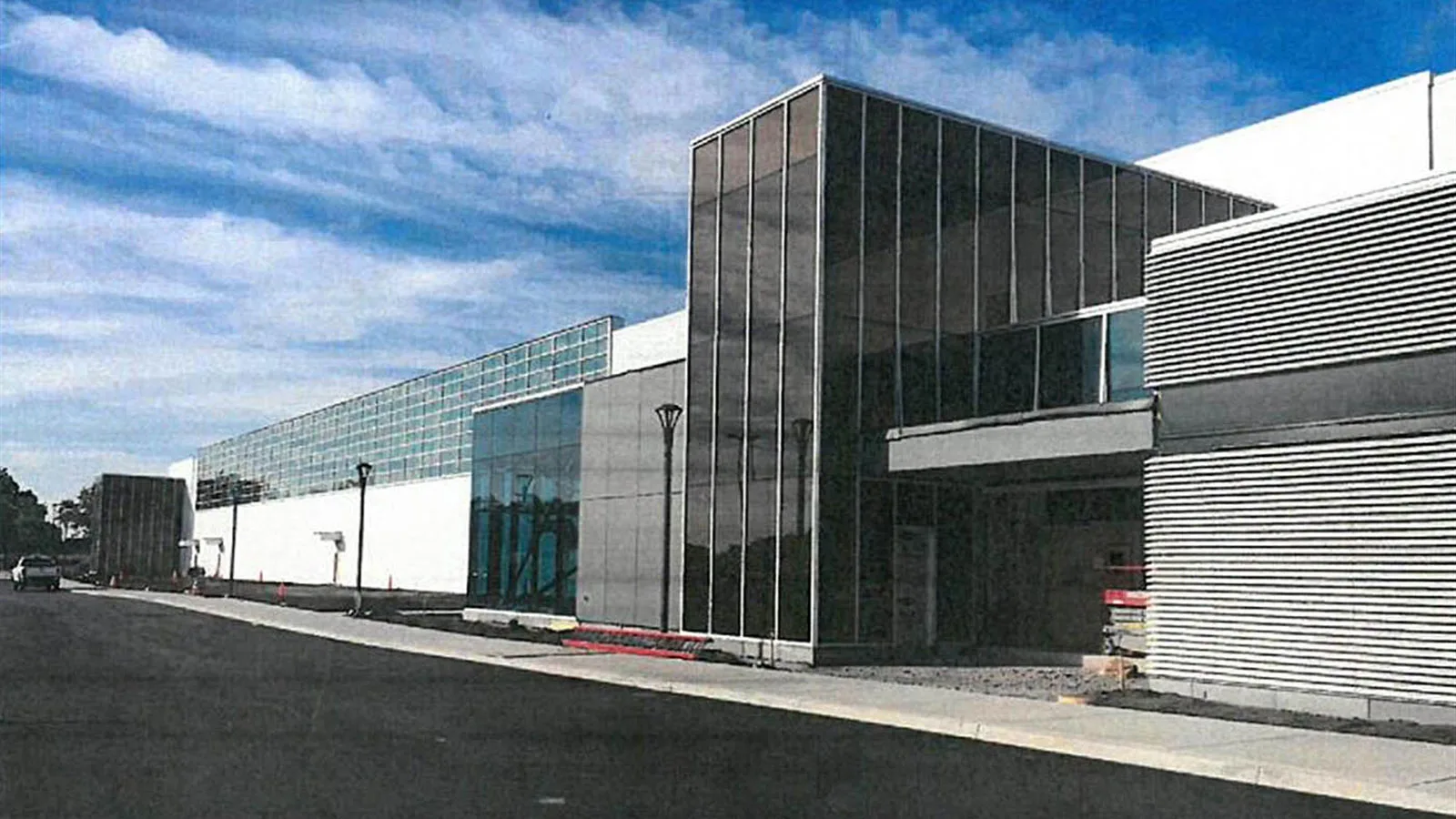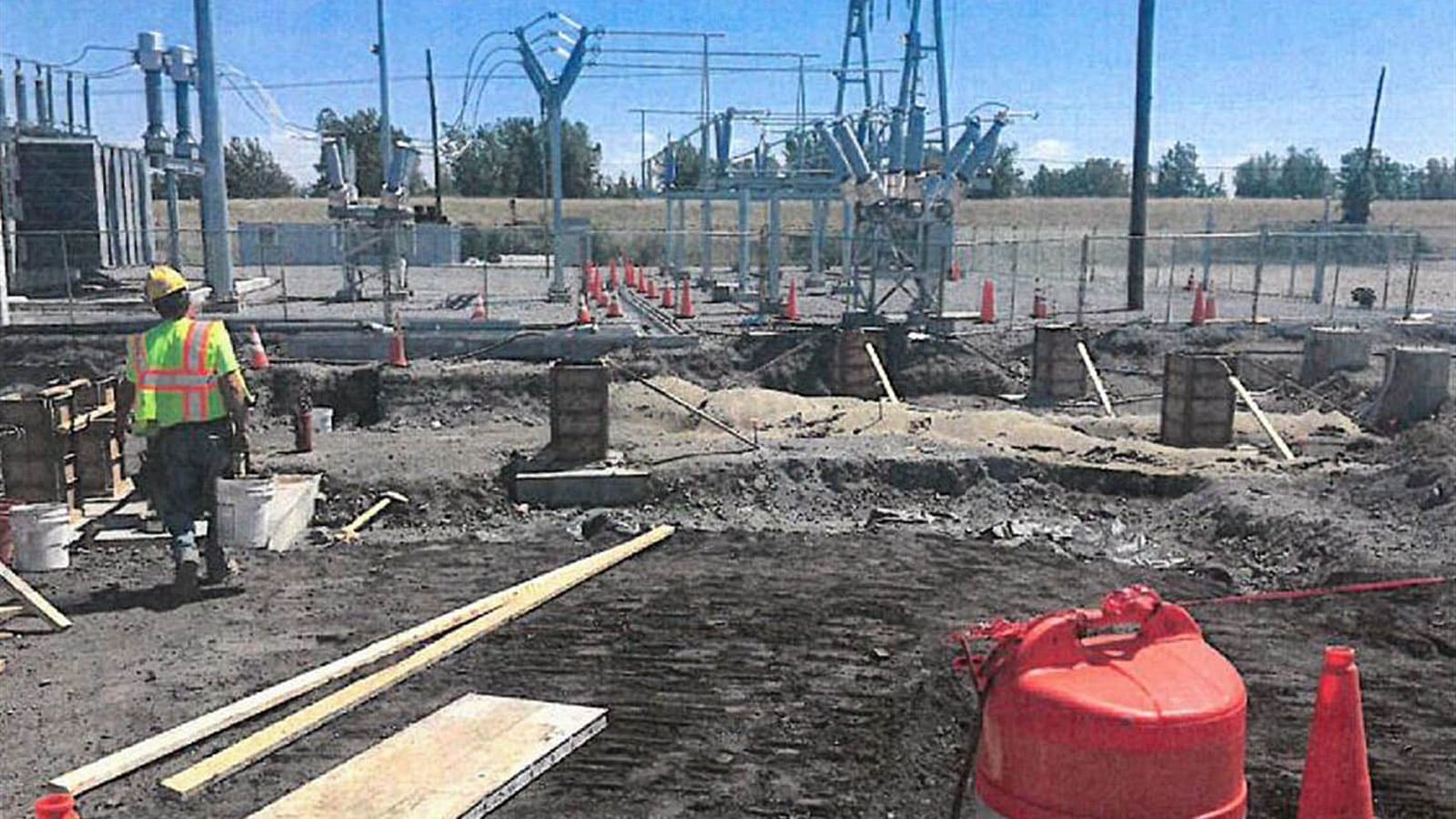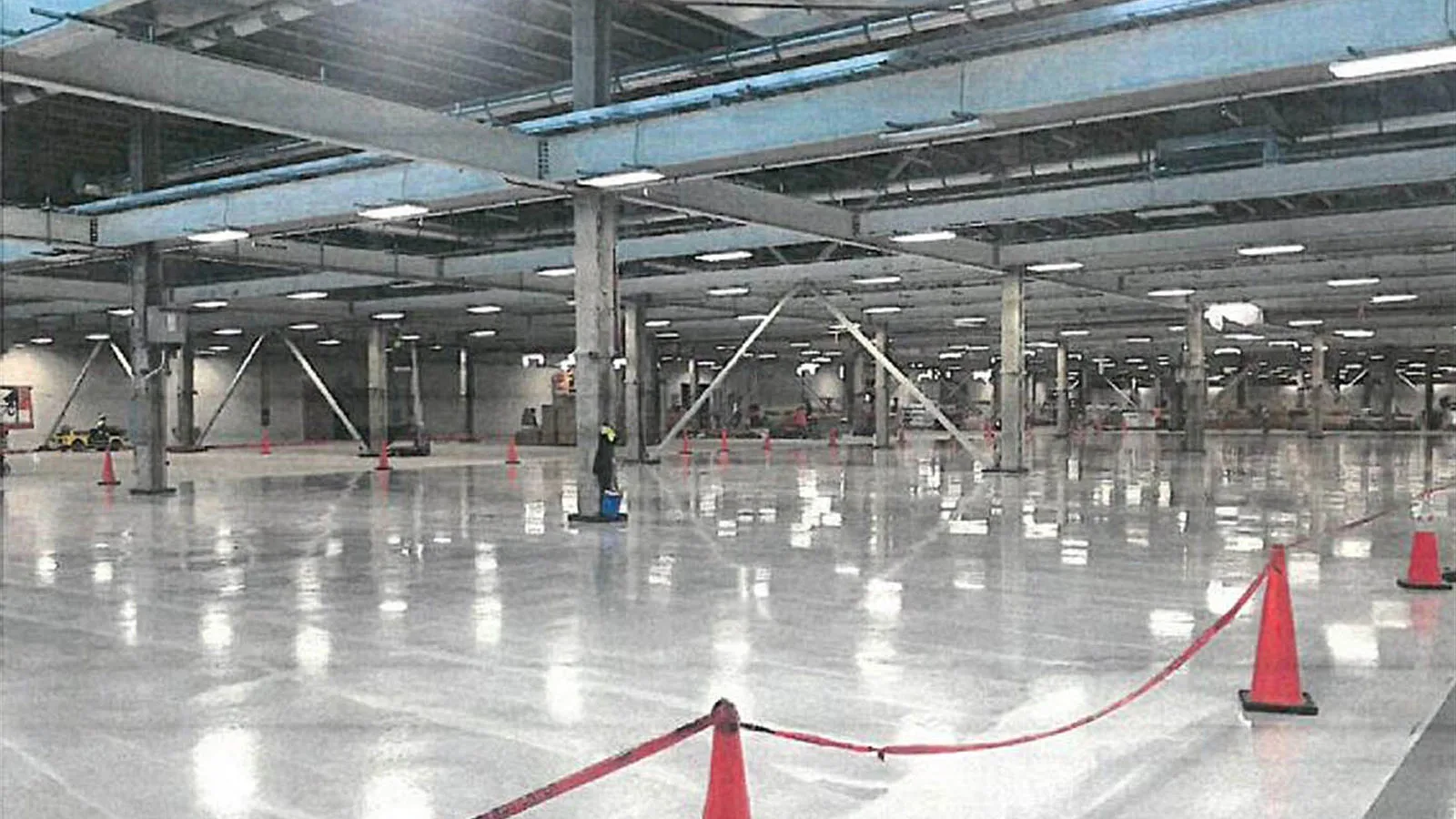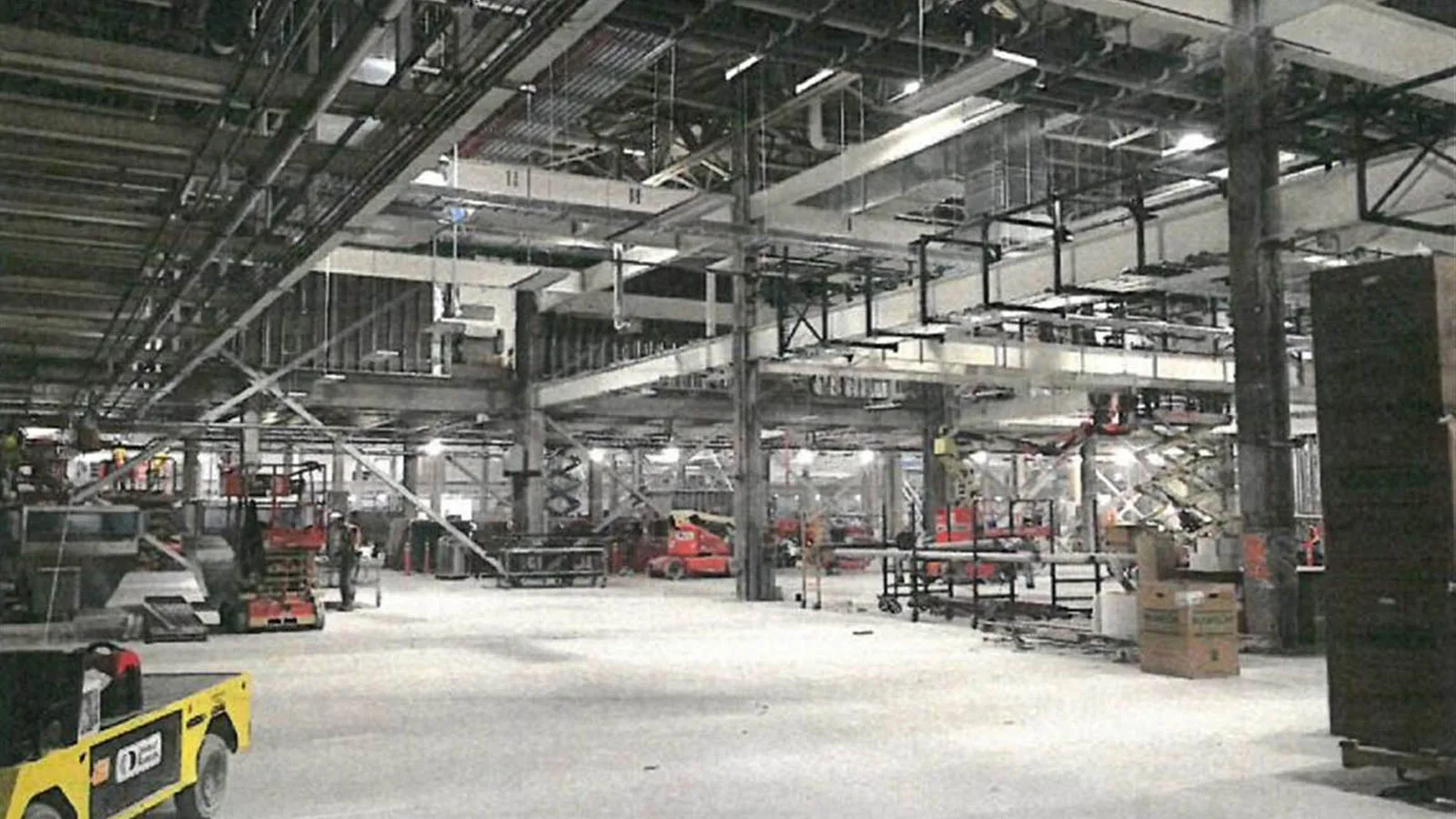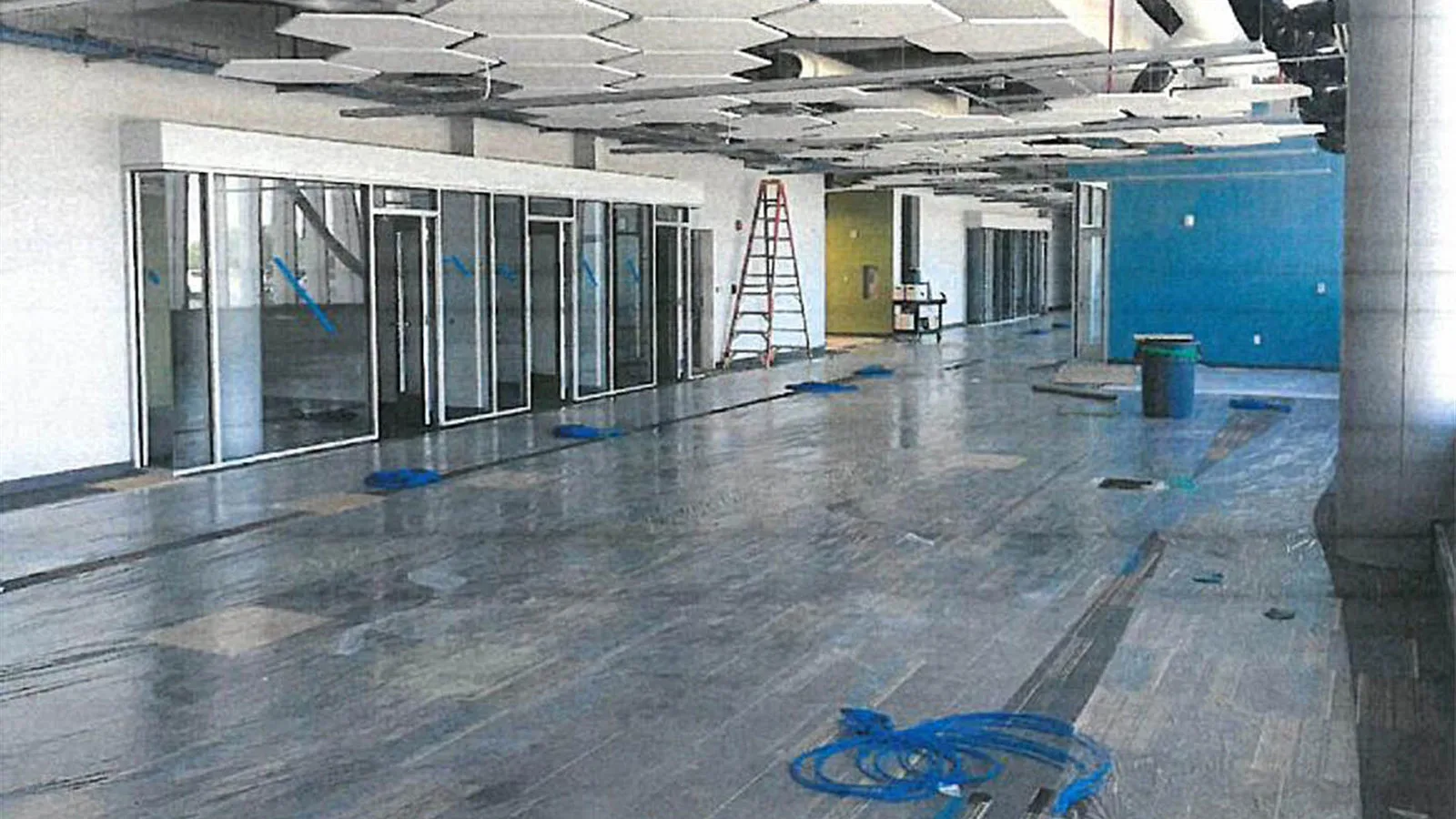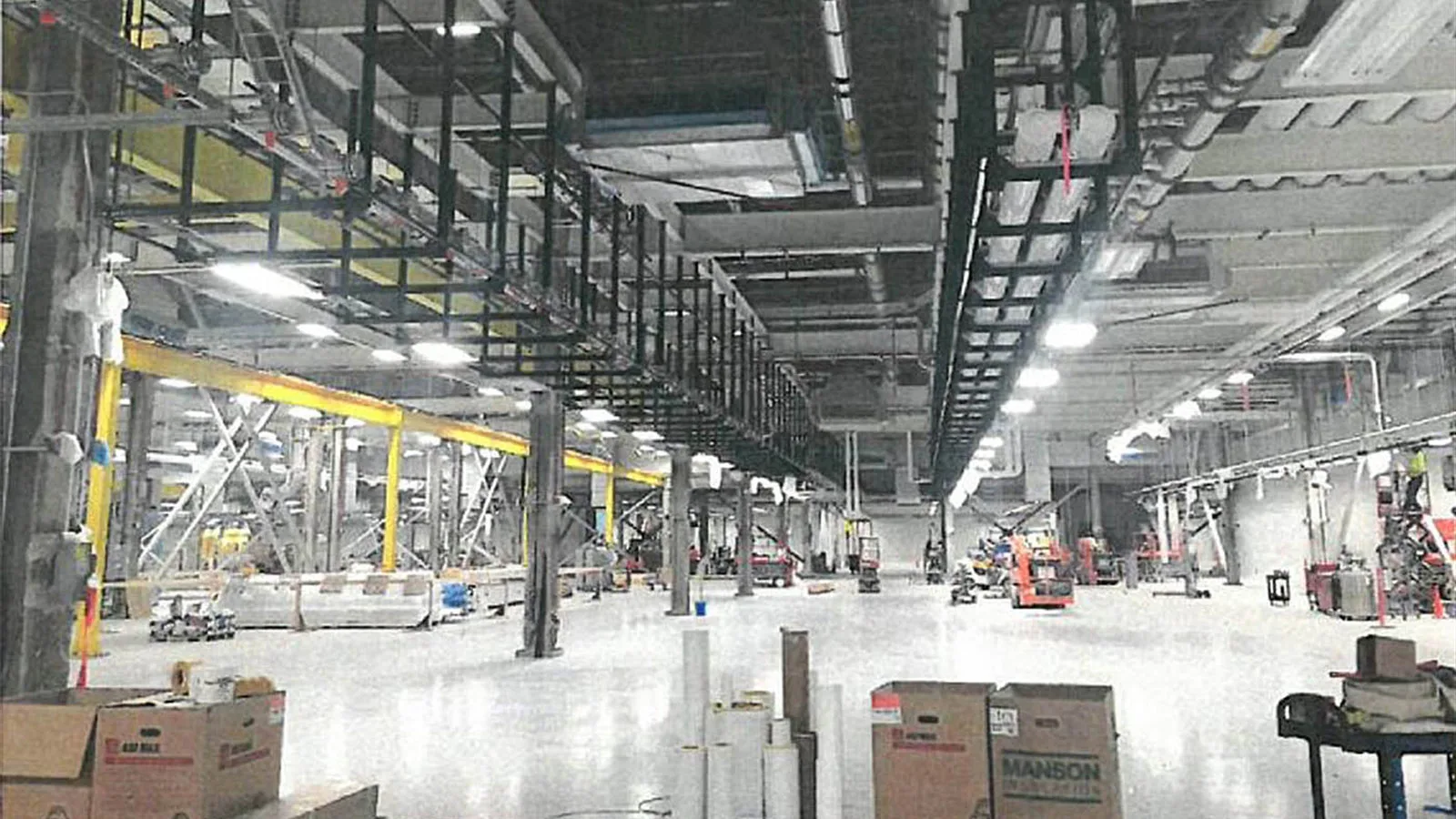In Buffalo, NY, Elon Musk and his newly acquired company, SolarCity, are trying to build the largest solar-panel factory in the western hemisphere. But the once-heralded project has faced significant obstacles in recent years.
The Gigafactory 2, as it is now named, is a 1.2-million-square-foot facility just a short drive south of downtown Buffalo, on an 88-acre site called RiverBend that was formerly home to a steel plant. It has become a symbol of hope and revitalization for the city, a bellwether partnership between the private sector and state government, which has invested nearly $1 billion in the project to date, that promises to bring innovation to the Rust Belt, along with manufacturing jobs.
As we detail in our new feature on Tesla’s controversial $2.6-billion acquisition of SolarCity, the solar company founded by Musk’s cousins Lyndon and Peter Rive, the Gigafactory 2 was a selling point for the merger and is key to the future of a new product: the Solar Roof. But for the past several years, the Gigafactory 2’s development has run into a series of project delays, automation challenges, and budget overruns, according to people familiar with the matter. With pressure now mounting on Musk to lead the clean-energy revolution, the stakes couldn’t be higher for him to deliver on the Gigafactory 2’s promises. “This factory was supposed to help save the city of Buffalo, as well as the planet,” says one source involved. “If it fails, it will set back the entire solar industry.”
Tesla and SolarCity have maintained that the Gigafactory 2 is on track. “Timing and strategy shifts for cell and module manufacturing were either as a result of wanting to increase the capacity of the facility or transition our focus to Solar Roof rather than traditional panels,” a Tesla spokesperson says via email. The company initially approved Fast Company‘s request to visit the facility, but later reversed course. (Instead, Fast Company was allowed to see inside Tesla’s other Gigafactory, near Reno, NV, a factory focused on battery production that is far more developed.) The following account of the factory’s evolution, based on interviews with scores of sources familiar with the project’s development, includes many previously unreported details.
The genesis of the Gigafactory 2 can be traced back to SolarCity’s acquisition of solar-panel startup Silevo, in June 2014, for $200 million in stock plus an additional $150 million tied to certain development targets. The company thought Silevo’s panel technology could achieve “a breakthrough in the cost of solar power,” as Lyndon and Peter wrote in a blog post at the time along with Musk, who was then SolarCity’s chairman and largest shareholder. The trio also touted a deal Silevo had inked with the state of New York to build a manufacturing plant in Buffalo, and sought to ramp up the factory’s output. “Silevo originally had modest goals for Buffalo, but when Elon, Lyndon, and Peter came into the picture, those goals jumped 5x,” says a former high-level employee. “We had to scramble to figure out how to do it.”
“Project Whitney”
New York Governor Andrew Cuomo committed $750 million to fund the project, on the condition that SolarCity would generate 1,460 direct manufacturing jobs at the facility and spend $5 billion in related area investments in the next decade when the plant becomes fully operational. The arrangement was made in collaboration with Empire State Development, a public agency that promotes regional economic development, and the State University of New York (SUNY) Polytechnic Institute. Musk and the Rives targeted an annual production capacity greater than one gigawatt by the first quarter of 2016. “[Lyndon] Rive said, ‘I’m going to build SolarCity, my vision, my baby, my future right here in Buffalo,’ because he believes in Buffalo,” Cuomo said in September 2014, at the groundbreaking ceremony for the factory.
But the project ran into challenges. The goal was to build what are known as high-efficiency solar panels that feature premium cells that can convert sunlight into energy at a materially higher percentage and at a cost on par with what SolarCity had been paying to Chinese manufacturers for more standard-efficiency solar panels. (The latter may produce around 250 watts per panel and convert sunlight at an efficiency rate of around 13% to 18%.) While the company had focused on developing a more standard-style solar panel at first, its attention eventually shifted to one that featured roughly 330 watts per panel, which it hoped would reach a solar-cell efficiency rate of about 22%. Internally, teams referred to this panel-development effort as “Project Whitney.” But panel prices globally were plummeting to the point of commoditization, down more than 75% since 2009, and the Silevo team wrestled with creating an economically viable product. On a call with shareholders in February 2015, Lyndon delayed the timeline: The factory, he indicated, would now be built and ready for equipment by early 2016 (while that one-gigawatt production target wouldn’t be reached until the first quarter of 2017).
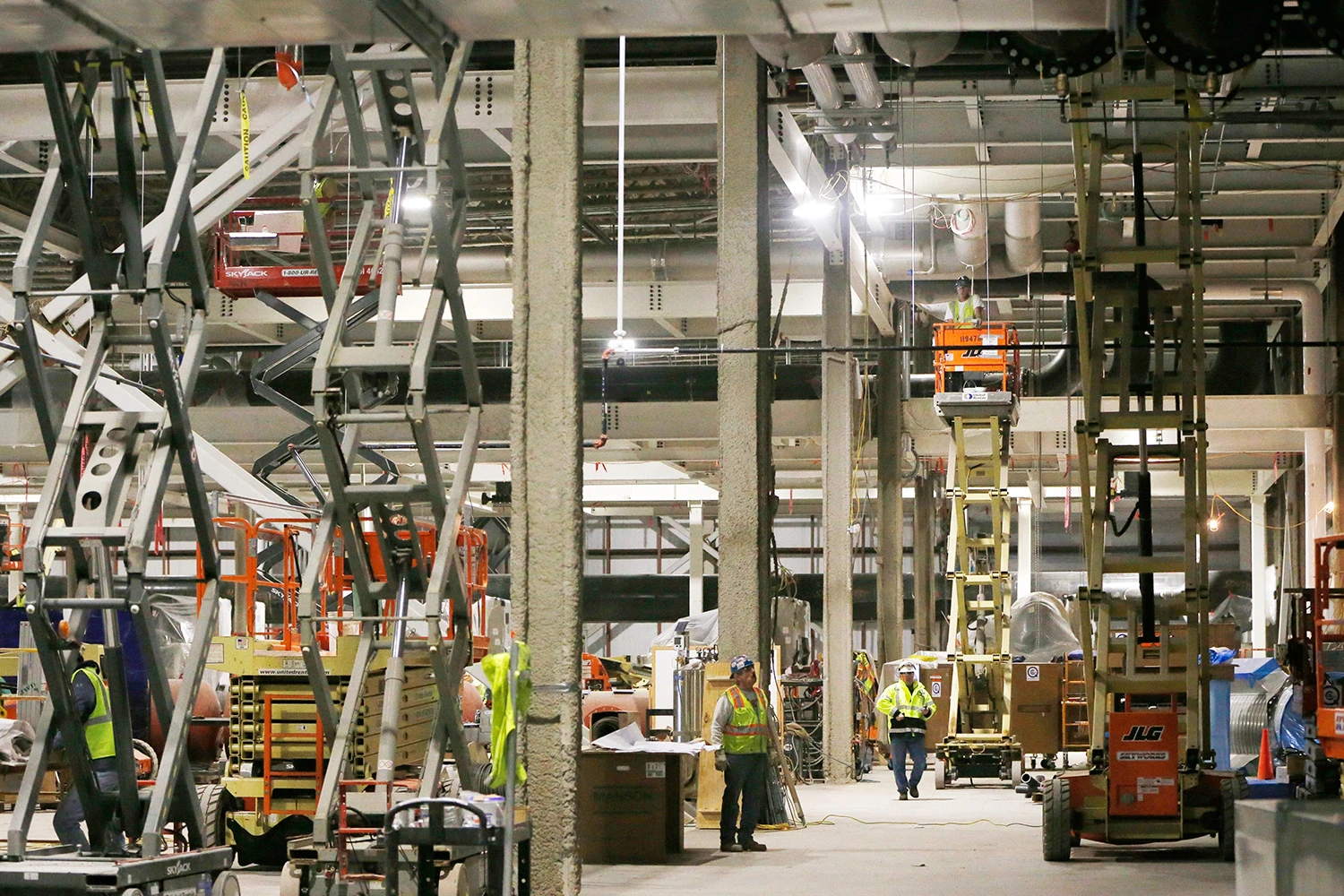
To reach the 100-megawatt goal, sources indicate that the pilot production line in Fremont would eventually need to yield between 800 to 1,000 high-efficiency Whitney panels per day. But the team was not able to automate the process consistently enough to produce more than dozens of Whitney panels per day, according to people familiar with the matter. Most of the production resulted in “scrap,” they say. “The big problem was simply that they couldn’t scale up the technology to the point where you could run it in a factory,” a source familiar with the development explains. A spokesperson for SolarCity acknowledges that the company ran into issues with some of its automation equipment, but says this was “not necessarily” due to its cell technology.
Multiple sources also claim that even the Whitney panels that did make it through the automation process in Fremont were not reliable enough for the market. Normally, solar panels are designed to last several decades on rooftops, but according to these sources, in early 2016, the Whitney panels failed internal tests that determined whether they met industry-standard longevity. SolarCity decided to go ahead with installing trials on around 70 customer roofs. But in many cases, the Whitney panels lasted just weeks before malfunctioning, and later needed to be removed, according to two sources familiar with the matter. (A SolarCity spokesperson says the trial deployments generated data that have since helped improve the product, and that its customers were reimbursed for any lost solar production.)
To date, there are just roughly five customer homes still equipped with Whitney panels.
Trouble in RiverBend
Meanwhile, in Buffalo, SolarCity was burning through hundreds of millions of dollars of government funding to get the factory built as fast as possible. Because of its leasing arrangement with the state of New York, SolarCity acted as a tenant of the facility, meaning that the property and equipment purchased with state funds was owned by the state through the SUNY Polytechnic Institute. But SolarCity was nonetheless essentially directing the facility’s layout and making decisions about equipment for future operations. Even though the production line in Fremont had not been finalized, according to multiple sources, the company purchased more than $250 million in custom machinery for Buffalo in 2015 and 2016 using state funds. Much of it sat idle while layouts were being reconfigured and the building was still being constructed. (A spokesperson for SolarCity suggests that ordering some of this machinery in advance was partly due to equipment lead times of 12 months or longer. Around this time, federal investigators reportedly began looking into questionable practices of how the Cuomo administration awarded third-party developer contracts, which some insiders suggest also delayed the project.)
Moreover, the equipment was purchased in such a way that panel manufacturing couldn’t begin in earnest even if the building had been ready for it. The company aimed to get to one gigawatt of annual production capacity there by manufacturing 10,000 high-efficiency panels per day, on four to five production lines. But instead of starting by creating, say, one or two production lines in Buffalo at a time, it purchased a fraction of the equipment necessary for even a single production line of Whitney panels. “At Tesla’s battery factory [in Reno, NV], they [added] on to make it more and more functional, whereas in Buffalo, SolarCity tried to do the whole thing in one shot,” says one knowledgeable source. “In hindsight, it was really crazy.” (A SolarCity spokesperson says the company “phased the significant orders [of equipment] for the first 550 megawatts of cell production.”)
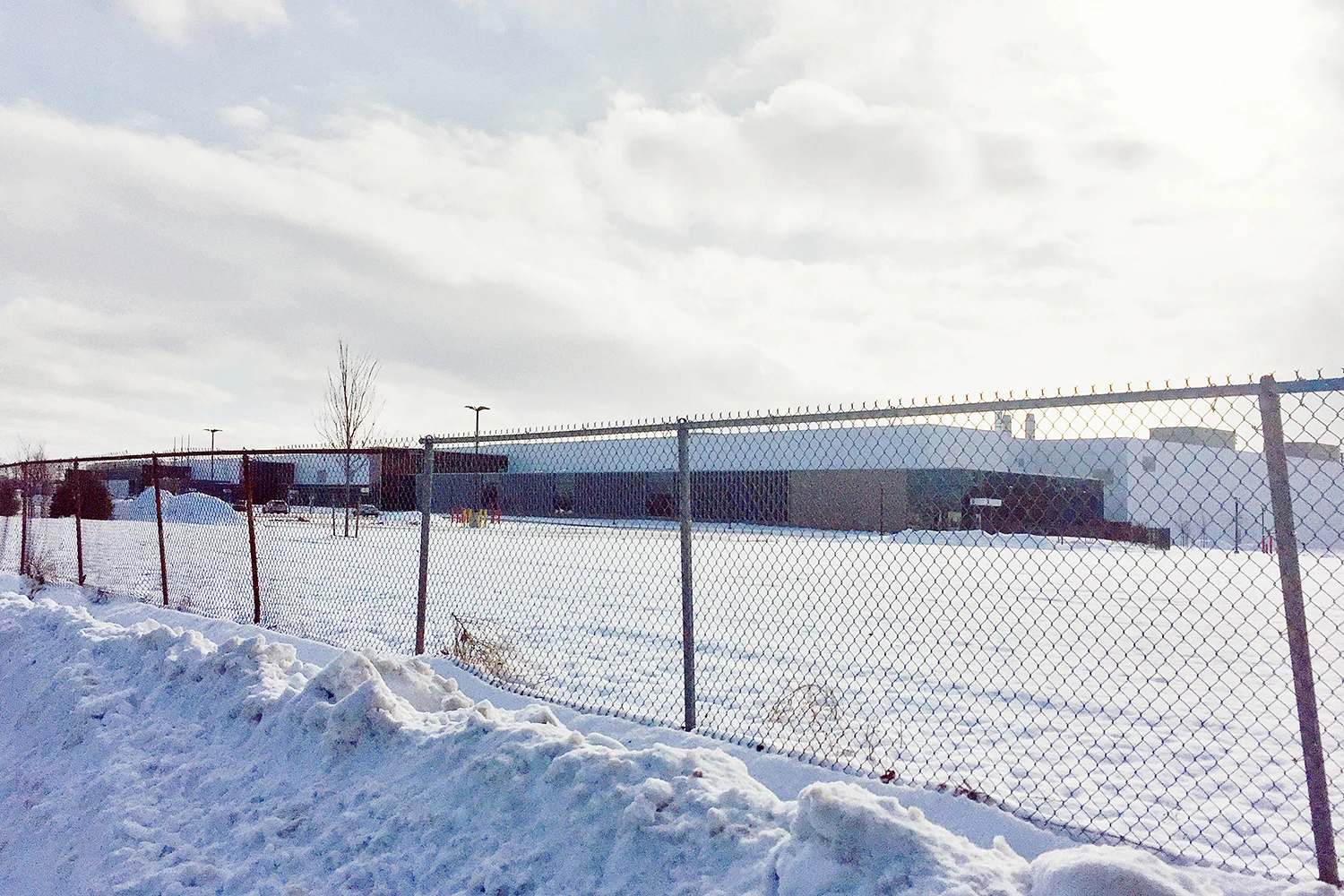
In the first half of 2016, SolarCity’s financial pressures were also intensifying, and, another source involved says, “It all just stopped. We were going to rely on SolarCity’s money to finish the Buffalo project, but our sales were so far down that all the money just stopped.” The company confirms that there was “limited activity” in Buffalo during this period but explains that “the intended operations in Buffalo were shifting and management attention was squarely focused on this.”
Related: Inside “Steel Pulse,” The Project That Became Elon Musk’s Solar Roof
As Tesla was considering its acquisition of SolarCity in mid-2016, Musk visited the Fremont facility to assess the company’s manufacturing progress. According to several sources, while touring the site, he told the team that he thought they “could do a lot more than one gigawatt” in Buffalo. He proposed that they try to double or triple the Gigfactory 2’s output. In the weeks ahead, the company redesigned the factory’s layout to try to fit more equipment into the space to increase production capacity. Most sources say this was a smart, long-term decision, even though it also meant altering certain scheduling and financial assumptions. “Things were just constantly changing. The management was never able to settle on a goal,” says the source familiar with the Gigafactory’s development.
In an earnings call later that summer, Peter Rive, who was then SolarCity’s CTO, explained the merits of the changes to shareholders: “We don’t want to rush to actually initiate some of the equipment installation for the cell line and then have that be a regretful layout only months later.” He added that SolarCity’s module manufacturing was actually “ahead of schedule.” The company, by that point, had also begun considering how it might be able to manufacture its new “solar roof” product in Buffalo, which led it to reassess whether it should actually be producing Silevo’s so-called “flat-plate” modules at all.
In November, the site was finally almost ready to accommodate machinery. But the building cost had gone over budget by at least $130 million, and in order to pay for the remaining equipment, SolarCity would need to pony up an estimated $200 million of its own, according to people familiar with the matter. The following month, SolarCity, having determined that Silevo would not achieve two of its three production and technology milestones, decided that it had to bring in an outside partner, Panasonic, to help bear the costs and to take over solar-cell manufacturing.
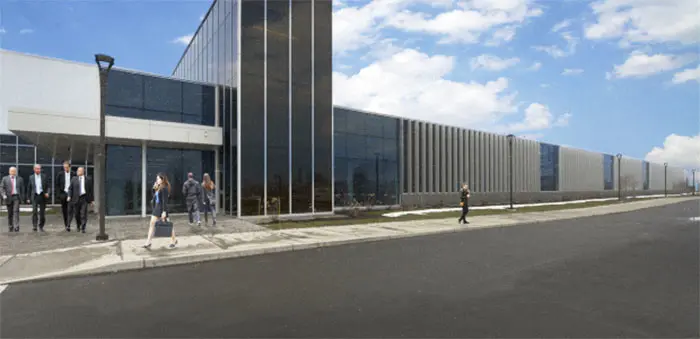
City Of Light
Since the merger, Tesla and SolarCity have been able to share expertise and resources, and shifted their attention to producing Solar Roof tiles at RiverBend rather than Whitney panels. But according to sources, with Tesla focused on ramping up Model 3 production at its other factories, Musk himself has yet to tour the Buffalo plant. The CEO and CTO of Silevo have departed the company, and there have been additional layoffs in Fremont and Buffalo. While the state of New York has invested more than $900 million of taxpayer funds to date into the project and its associated developments, SolarCity has spent just around $20 million in capital expenditures in Buffalo so far, according to multiple sources. (The company confirms this figure, but says in the coming years, “We expect the project to contribute vastly more in job and economic value than the state expends.”) SolarCity currently does not expect the Gigafactory 2 to reach one gigawatt of solar-module production until 2019.
Governor Cuomo’s office and the SUNY Polytechnic Institute declined to comment for this story. In a statement provided to Fast Company, Jason Conwall, a spokesman for the Empire State Development corporation, says that “the Tesla facility in Buffalo will soon begin to produce the most advanced solar technology on the market. The Gigafactory at RiverBend will make products for distribution across the country and continues to remain on schedule, with its official opening slated for the third quarter of 2017.”
The financial consequences for Tesla will be significant if the Gigafactory 2 does not achieve its goals. Per its agreement with the state of New York, if the company does not meet its obligations during any year in the decade after it hits full-production capacity, Tesla must pay a penalty of $41.2 million per year and may lose its lease to the Gigafactory. In a May SEC filing, Tesla said, “Although we continue to remain on track with our progress at Gigafactory 2, our expectations as to the cost of building the facility, acquiring manufacturing equipment and supporting our manufacturing operations may prove incorrect, which could subject us to significant expenses to achieve the desired benefits.”
The pressure is now on Musk and Tesla to live up to the promises SolarCity made to the city of Buffalo and the state of New York. For a clean-energy industry already facing political headwinds, and a high-profile CEO often highlighted as America’s best bet to end the country’s dependence on fossil fuels, the years ahead will be crucial. Even before President Trump announced the U.S.’s withdrawal from the Paris climate accord, many industry observers say the odds were stacked against Tesla and SolarCity, considering the competition it faces in China, where the country’s investments in solar and other renewables far outpace the rest of the world. Says Shayle Kann, the head of GTM Research, which analyzes the renewable-energy industry. “Building [this solar factory] is hard to do. It’s a tough road ahead, but that is Elon Musk’s speciality.”
For the residents of Buffalo, the pressures Tesla faces are less of an immediate concern than their need for a job at the Gigafactory 2. The forecast has been lowered for the number of direct manufacturing opportunities the facility will offer, with documents indicating that just around 500 positions will be created at the plant itself. At a series of job fairs held around the city in December, recruiters told potential hires that the facility would likely be heavily automated. “I’m going to try to apply for something in manufacturing,” a disappointed job hopeful told me after one of the recruiting sessions. “I would like a supervisory position–I’ve been a machinist for 35 years and was recently laid off–but [the SolarCity rep] said if I want a job, it would be entry level, paying around $15 an hour.”
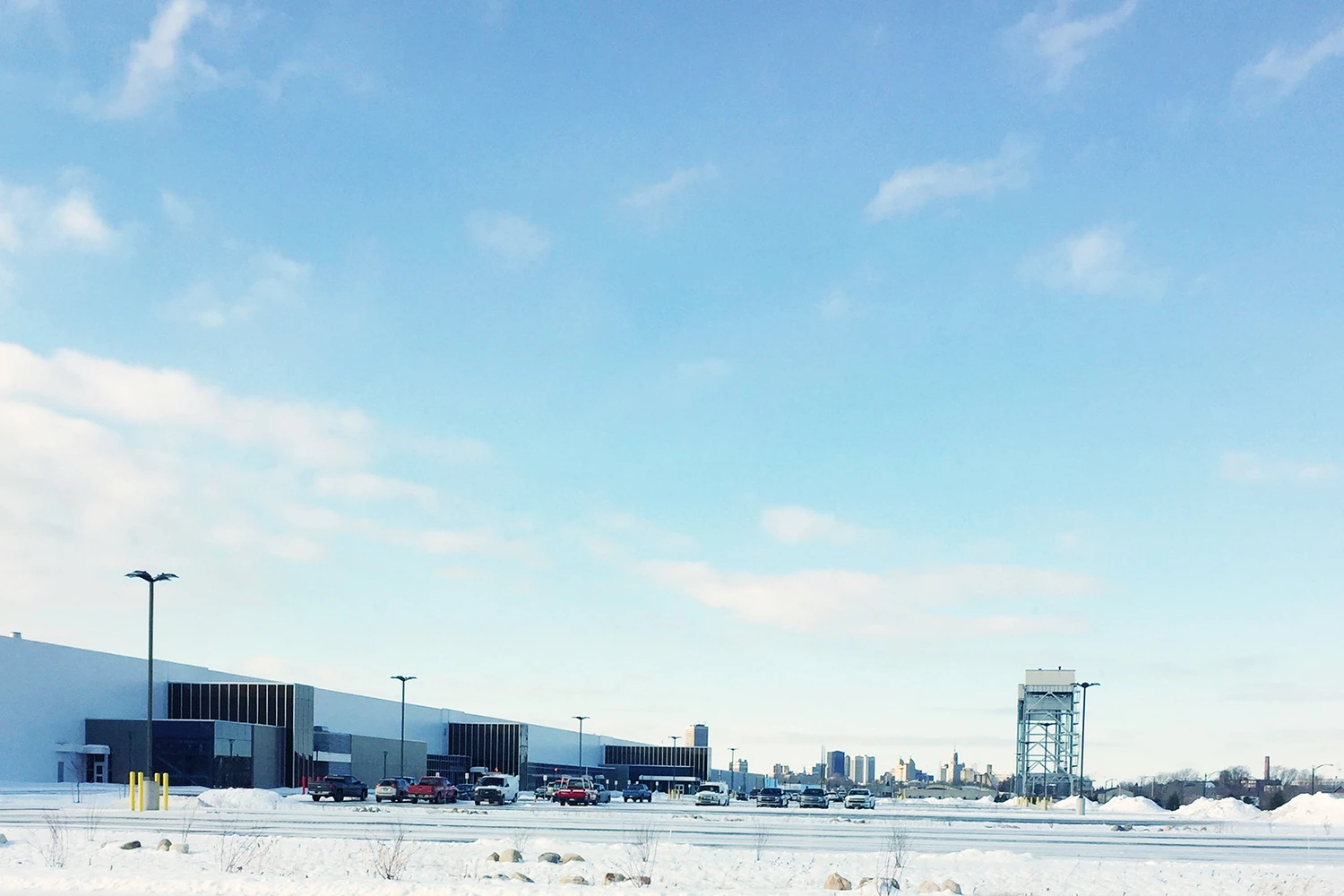
“Now that SolarCity has been merged with Elon Musk’s company,” Mayor Byron Brown told me in December, “it truly brings the eyes of the world to Buffalo.”
Recognize your brand's excellence by applying to this year's Brands That Matters Awards before the early-rate deadline, May 3.
